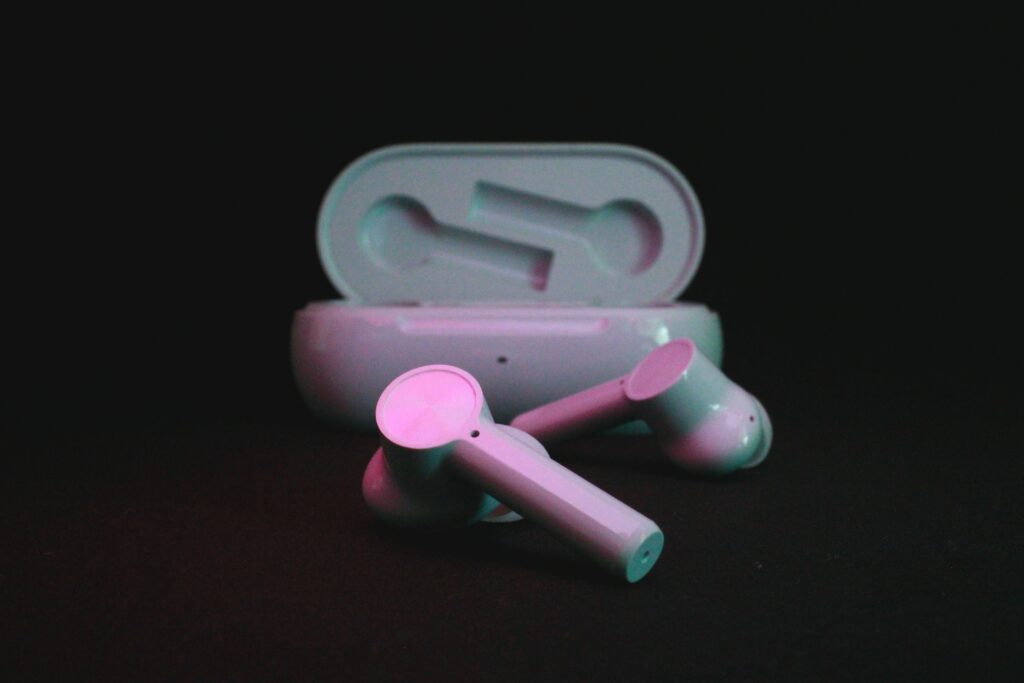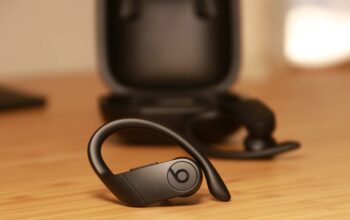If you’re like most people, you’ve probably wondered whether you can use bluetooth headphones on a plane. The answer is: it depends. Here’s what you need to know about using bluetooth headphones on a plane.
Can i use bluetooth headphones on a plane
Most headphones that use Bluetooth technology are allowed on planes, but there are a few exceptions. If your headphones are not specifically designed for use with aircraft, they may not be allowed. In general, headphones that are classified as “active noise cancelling” (ANC) are not allowed on planes because they can interfere with aircraft safety systems. If you’re not sure whether your headphones are ANC, check the manufacturer’s website or the user manual.
The benefits of using Bluetooth headphones on a plane
There are many benefits to using Bluetooth headphones on a plane. Perhaps the most obvious is that you can use them without disturbing other passengers. You can also listen to music or movies without having to fumble with wires, and many Bluetooth headphones come with noise-cancelling features that will block out outside noise so you can focus on what you’re listening to.
The best Bluetooth headphones for flying

There are a lot of different factors to consider when choosing the best Bluetooth headphones for flying. Battery life, noise cancellation, and comfort are all important factors to take into account. We’ve compiled a list of the best Bluetooth headphones for flying based on these factors, as well as reviews from satisfied customers.
Bose QuietComfort 35 II: These headphones have great noise cancellation abilities, and they’re also very comfortable to wear for long periods of time. They come with a carrying case, and they have up to 20 hours of battery life.
Sennheiser PXC 550 Wireless: These headphones are lightweight and comfortable, and they have great noise cancellation abilities. They come with a carrying case, and they have up to 30 hours of battery life.
Sony WH-1000XM3: These headphones are comfortable and have great noise cancellation abilities. They come with a carrying case, and they have up to 30 hours of battery life.
How to connect your Bluetooth headphones to a plane
If you want to use your Bluetooth headphones on a plane, you’ll need to connect them to the in-seat entertainment system. Most planes nowadays have some form of in-seat entertainment system that supports Bluetooth, so this shouldn’t be too difficult.
To do this, simply turn on your Bluetooth headphones and put them into pairing mode. Then, go to the in-seat entertainment system and find the Bluetooth settings. Once you’re in the Bluetooth settings, you should see your headphones listed as an available device. Simply select your headphones and follow the prompts to complete the pairing process.
Tips for using Bluetooth headphones on a plane
Most airlines allow passengers to use Bluetooth headphones during takeoff and landing, as well as during the flight. However, there are a few things to keep in mind when using Bluetooth headphones on a plane:
-Turn off airplane mode: Before you can use Bluetooth on a plane, you’ll need to turn off airplane mode. This can usually be done by pressing a button on the side of your phone.
-Pair your headphones: Once airplane mode is off, you can pair your Bluetooth headphones with your phone. To do this, go to the Settings menu on your phone and select Bluetooth. Then, put your headphones into pairing mode and select them from the list of available devices.
-Enjoy your music: Once your headphones are paired with your phone, you’ll be able to listen to music, podcasts, or other audio content through them. Just make sure to keep the volume at a reasonable level so that you don’t disturb other passengers.
Assuming that they do not cause interference, it is likely that the FAA will eventually allow the use of Bluetooth headphones on planes. This would be a major convenience for passengers who want to be able to use their headphones during takeoff and landing, as well as during the flight.

